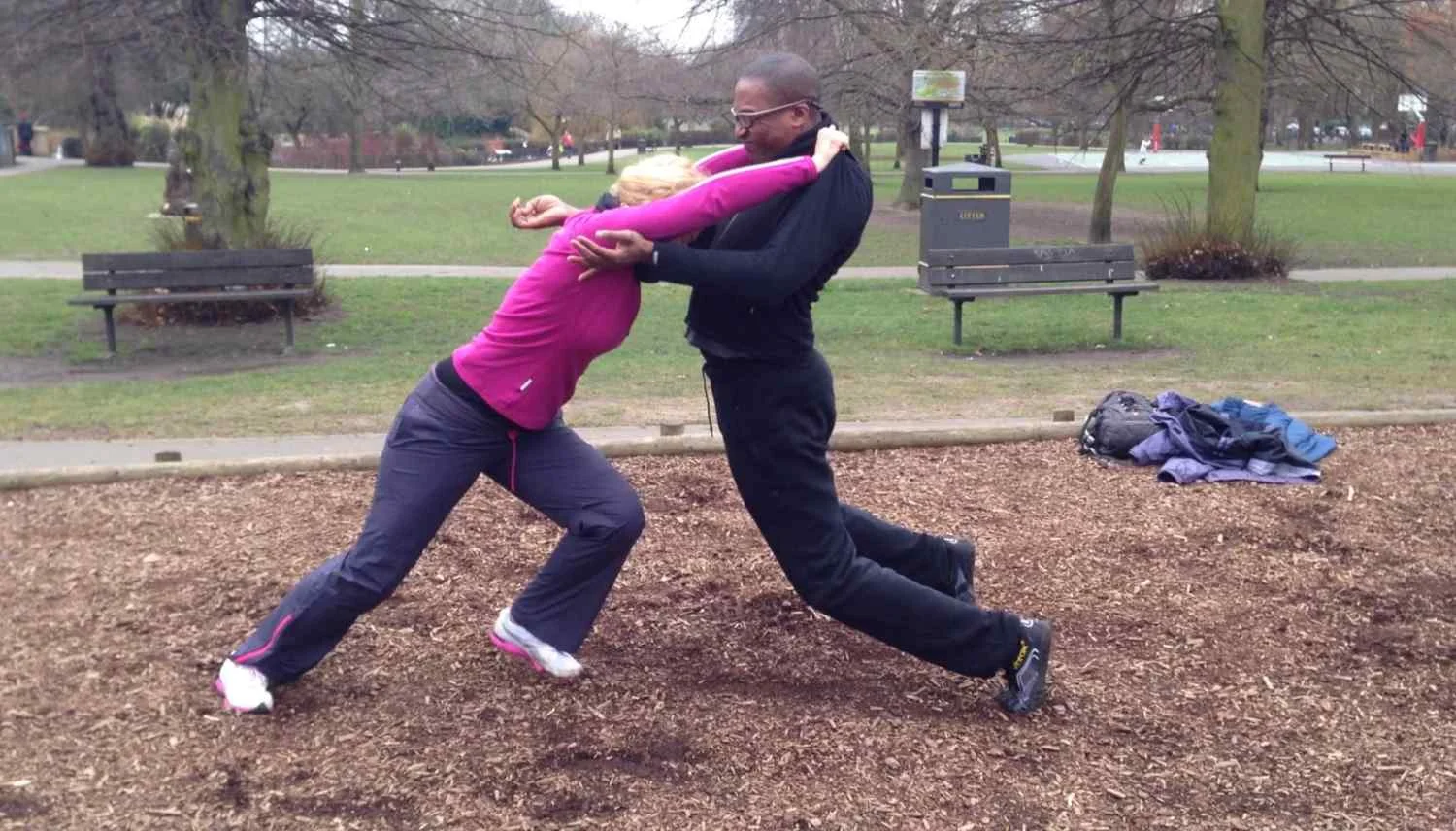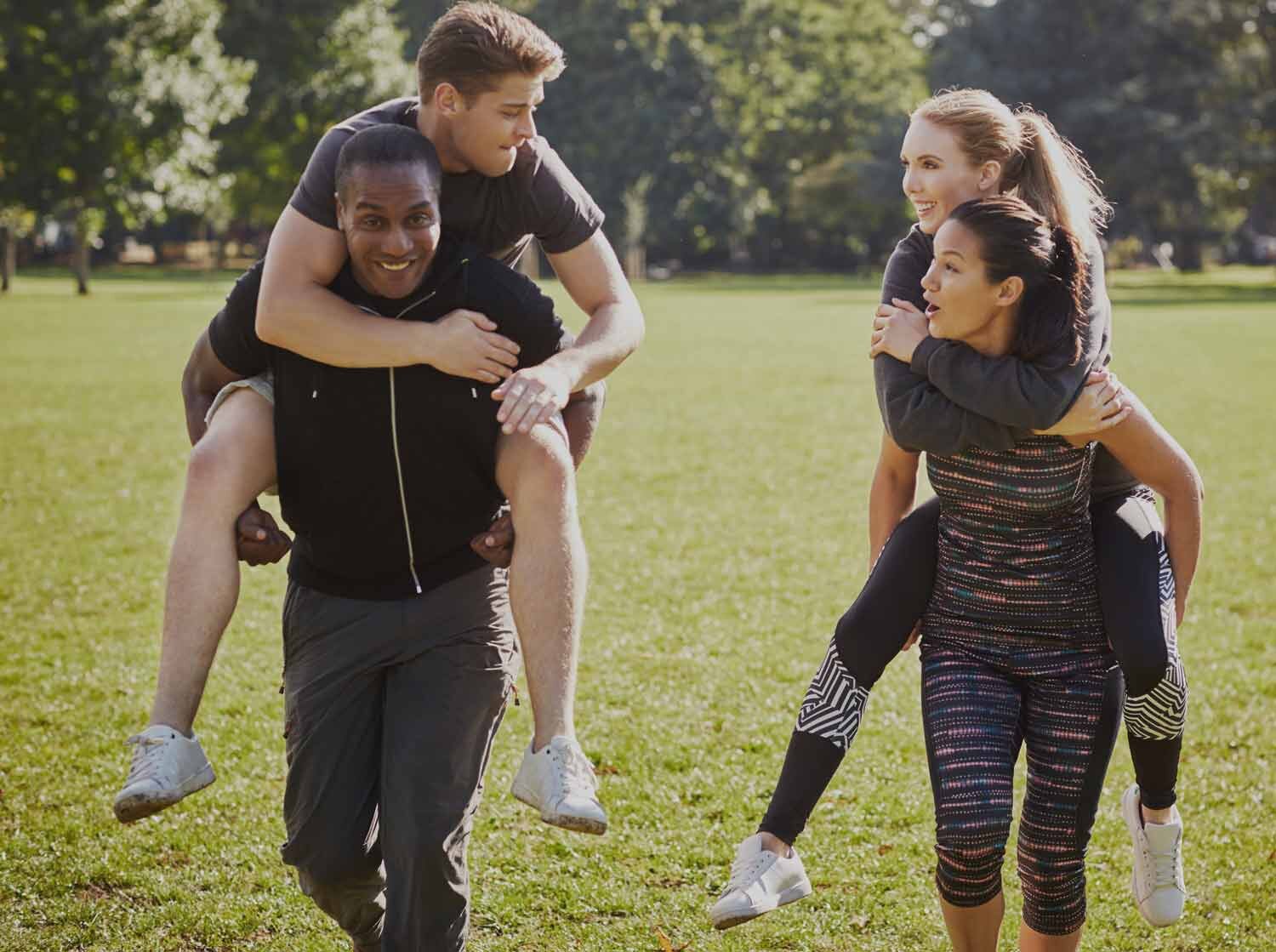The Benefits of Roughhousing
““Play is so integral to childhood that a child who does not have the opportunities to play is cut off from a major portion of childhood.” ”
Rough and Tumble Play for Adults
Why We Should Engage In Rough-And-Tumble Play!
In recent years, roughhousing, or rough-and-tumble play has fallen out of favour. Rough-and-tumble play is when children climb over each other, wrestle, roll around and even pretend to fight. Often termed play-fighting it differentiates itself from real fighting, even if it looks aggressive, as there are visible displays of fun, smiling and laughing. I used to play wrestle with my brother all the time in my youth, it was so much fun!
Its reduction over time as a kid's pastime has been blamed for everything from increasing levels of ADHD (attention deficit hyperactivity disorder) [2] to higher incidents of accidents during school playtime (recess).
This is a trend that by attempting to reduce risk in daily activities outlaws many types of adventurous and risky play; for example, according to Dame Fiona Reynolds, Master of Emmanuel College at Cambridge University, children are three times more likely to end up in the hospital now because they have fallen out of bed rather than out of a tree.
The Research
A wave of books and medical research papers are helping to publicise the physical, mental, emotional and social benefits of roughhousing.
One book on this subject is "The Art of Roughhousing" by Anthony T. DeBenedet, MD and Lawrence Cohen PhD. In it, the authors describe at least six different benefits of rough-and-tumble play for kids. First and most obviously, there is the physical aspect of roughhousing. These days, just about everyone knows that kids should be getting at least 30 minutes of physical activity each day, although government recommendations tell us there should be far more activity for our kids.
A little rough-and-tumble play is one easy way to accomplish more movement minutes in our day. What better way to blow off a little extra energy than by chasing someone around the house or having a fake wrestling match in the middle of the living room. Even better, of course, why not take it outdoors?
Try some rough and tumble play with the Shoulder Barge
Not Just Physical
The benefits of roughhousing extend well beyond just the physical. It can also lead to heightened social and emotional intelligence too. For one, kids can learn to differentiate between different facial expressions and body language. However, they also learn about taking turns and cooperation. Often, small groups of kids roughhousing together on the playground will divide themselves into teams to accomplish a particular goal, and that's all about teamwork, leadership and problem-solving.
It has also been suggested that play opens emotional pathways for the epigenetic construction of the social brain, [1] indeed a third of 1,200 brain genes evaluated by Falk Center for Molecular Therapeutics at Northwestern University are shown to be significantly modified within an hour of a 30-min play session. [5]
Some researchers have also indicated that rough and tumble play builds moral and ethical character. Work by Stuart Brown demonstrates that kids with few opportunities for play are more likely to become anti-social and exhibit criminal behaviour when older. [4] This is where adults can play a huge role, since they can teach kids about safety, about looking after those who are weaker, and about using one's strength in ethical ways. From an evolutionary perspective, it appears that roughhousing might have been an early way for members of a particular tribe to build bonds with each other and establish their overall likeability.
RELATED: Play The Shoulder Barge Game
Perhaps the real overlooked benefit of rough-and-tumble play, though, concerns the mental and cognitive benefits. Marc Bekoff and Jessica Pierce, the authors of "Wild Justice", have suggested that the unpredictable nature of roughhousing increases the number of connections between neurons in the cerebral cortex. This leads to improved cognitive performance, similar to the effects of dancing. Moreover, some neuroscientists have suggested that rough-and-tumble play increases the brain's level of a chemical called brain-derived neurotrophic factor (BDNF). This mysterious-sounding chemical is responsible for memory, logic and advanced cognitive skills, so the more, the better.
Not Just For The Kids
Of course, there are obvious benefits for adults who engage in roughhousing with their kids. Primal Play also encourages this in adult-to-adult games of movement too, why should kids have all the fun? Many adults lead mostly sedentary lives (i.e. sitting all day at the office and then all evening on the couch), so roughhousing encourages them to increase their activity level in a way that lets off some steam. Also, all of that physical activity can help to reduce stress and anxiety too. There's nothing quite like shrieks of laughter from your kids to make other financial or social difficulties melt into the background. Try playing the Primal Play game Shoulder Barge with a friend and have some fun!
““When we roughhouse with our kids, we model for them how someone bigger and stronger holds back. We teach them self-control, fairness, and empathy. We let them win, which gives them confidence and demonstrates that winning isn’t everything. We show them how much can be accomplished by cooperation and how to constructively channel competitive energy so that it doesn’t take over.””
As long as roughhousing follows basic safety rules and doesn't take place too close to bedtime (when the body should be winding down), it can have significant benefits for both kids and adults. The good news is that the pendulum might finally be shifting back in favour of roughhousing, risky play and rough-and-tumble behaviour.
RELATED POSTS:
Animal Moves Book by Darryl Edwards - available now!
REFERENCES
[1] Panksepp J., "Affective neuroscience: The foundations of human and animal emotions." New York: Oxford University Press; 1998a.
[2] Panksepp J., "Attention deficit hyperactivity disorders, psychostimulants and intolerance of childhood playfulness: A tragedy in the making?" Current Directions in Psychological Science. 1998b;7:91–98.
[3] Panksepp J., "The long-term psychobiological consequences of infant emotions: Prescriptions for the twenty-first century.", Infant Mental Health Journal. 2001;22:132–173.
[4] Brown, S., "Play as an organizing principle: clinical evidence and personal observations. Animal play: Evolutionary, comparative, and ecological perspectives.", Cambridge University Press; Cambridge: 1998. pp. 242–251
[5] Jaak Panksepp et al., “A novel NMDA receptor glycine-site partial agonist, GLYX-13, has therapeutic potential for the treatment of autism,” Neuroscience & Biobehavioral Reviews, https://doi.org/10.1016/j.neubiorev.2011.06.006.











Primal Play Inclusive…